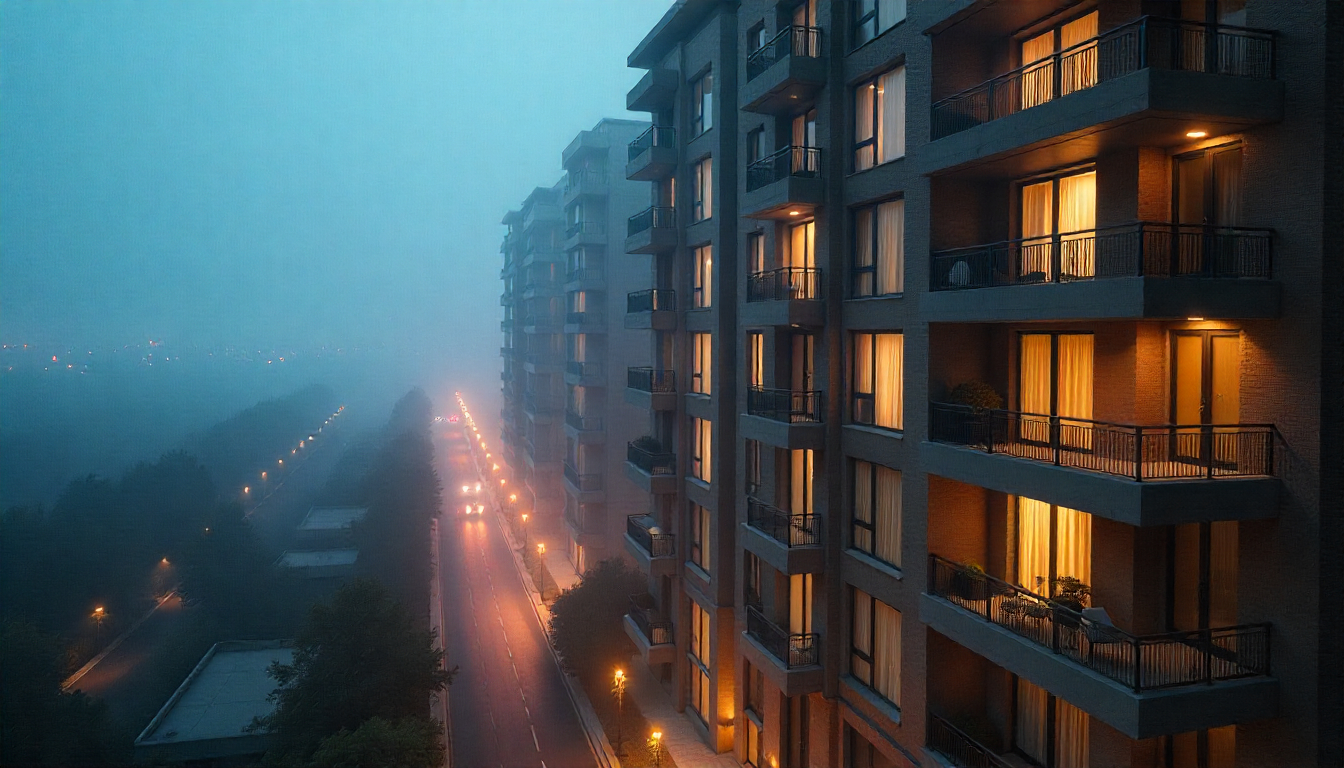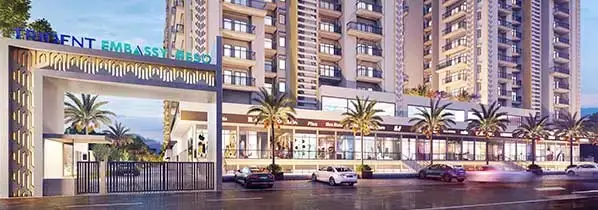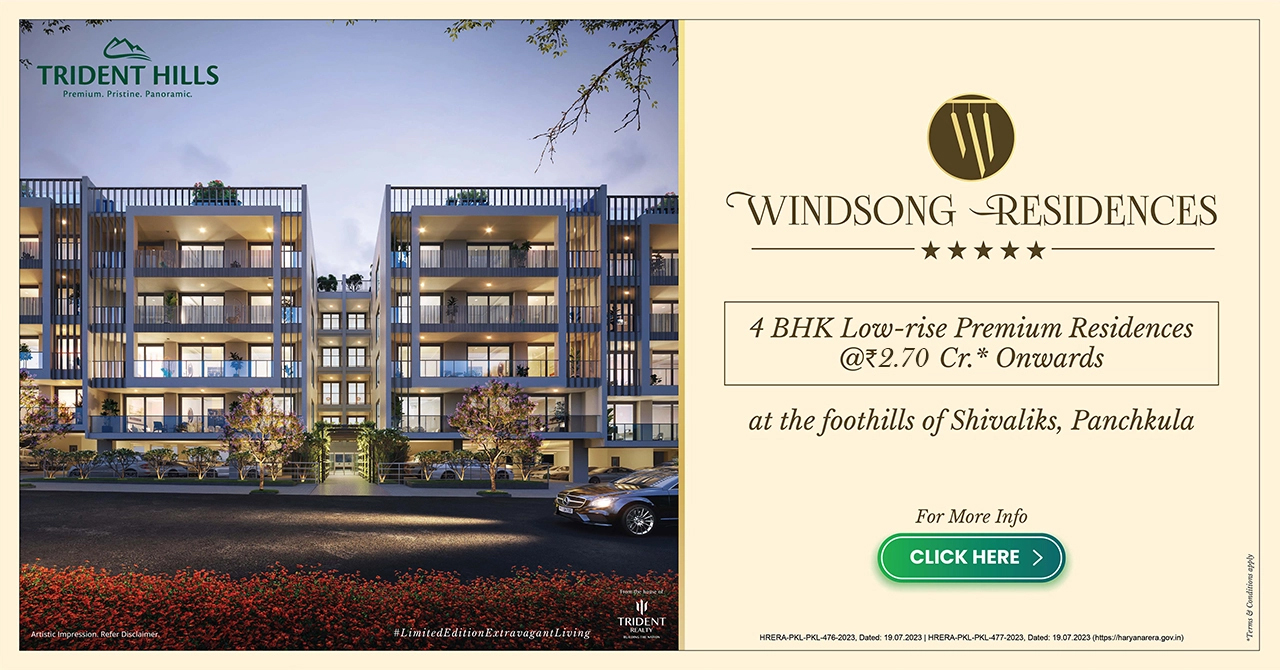
Rising Unsold Inventory in the Luxury Segment: Opportunity or Concern?
The Paradox of Plenty: A Modern Real Estate Puzzle
Take a stroll down Mumbai’s famed Worli sea face or the leafy boulevards of Gurugram Golf Course Road, and a panorama of opulent towers and penthouses unfolds before your eyes. These are addresses that have redefined aspiration in urban India. Yet, for all their glass and grandeur, a less-visible reality lies behind these stunning facades—thousands of luxury homes standing empty, awaiting residents who never came. It is a paradox the real estate world can’t ignore: Why, at a time when wealth in India is rising, are we staring at growing piles of unsold luxury apartments? Is this glut a worrying signal for the market, or does it herald a rare window of opportunity for discerning buyers and investors?
Let’s take a detailed, balanced look at India’s luxury housing inventory in 2025, decode the reasons behind this trend, and map out what it means for the future of the country’s most coveted real estate.
The Data Story: A Growing Mountain of Unsold Luxury
India’s primary residential market—covering top metros like Mumbai, NCR, Bengaluru, Pune, and Hyderabad—is no stranger to fluctuations. But the latest numbers from Q1 2025 merit closer scrutiny.
Mumbai, long seen as the bellwether of luxury property, saw its unsold stock in premium housing rise by a staggering 36% year-on-year in Q1 2025, moving from 6,180 unsold units in Q1 2024 to 8,420 in Q1 2025 (Business Today, Hindustan Times).
Countrywide, unsold inventory across seven major metros increased to 5.59 lakh units by Q1 2025, with luxury homes (typically defined as ₹1.5 crore and above) showing a jump of 24% in unsold stock—from 91,125 units to over 1.13 lakh units within a year (New Indian Express, Homes India Magazine).
This trend is especially pronounced in Mumbai, Delhi-NCR, and Bengaluru, though NCR cities like Noida and Greater Noida saw sharp falls in total unsold homes due to increased traction in mass housing—but even here, luxury inventory remains sticky (Business Today).
If you dig into the numbers, the overall unsold “overhang” (which measures how long current inventory would take to clear at present sales pace) sits at 17.1 quarters—over four years—for ultra-luxury projects above ₹20–50 crore. This is much higher than the industry comfort zone.
Table: Unsold Inventory Trends in Indian Luxury Housing (Q1 2024–Q1 2025)
Why Is Inventory Rising in the Luxury Segment?
1. Overenthusiastic Launches Outpacing Absorption
The easing of the pandemic and robust 2022–23 sales fuelled developer optimism, leading to a spate of fresh luxury launches in 2024 and early 2025. For context, Mumbai alone saw as many as 16,480 luxury units (>₹2.5 crore) launched in 2024, with another 5,294 units in Q1 2025. Yet, the absorption rate lagged behind, resulting in a widening mismatch127.
2. Price Escalation and Buyer Caution
Average luxury prices rose sharply, by ~10% year-on-year in Mumbai, with similar upticks in Delhi and Bangalore, making buyers more circumspect. The affluent, while resilient, are value-conscious and show reluctance in a market where prices seem ahead of fundamentals and global headwinds increase uncertainty812.
3. Global Macroeconomic Headwinds
Events such as global economic slowdowns cause high-net-worth individuals (HNIs) and NRIs to either delay purchases or seek properties abroad, especially if rupee depreciation makes Indian assets relatively more expensive for overseas buyers2.
4. Evolution of Luxury Preferences
The very concept of luxury has evolved, encompassing sustainability, privacy, smart-home automation, and wellness. Not all newly launched projects meet this refined demand, causing pockets of unsold stock even in high-demand micro-markets89.
Is This Unsold Inventory a Market Red Flag?
The short answer: for some, yes; for many, no. Let’s understand why.
Oversupply and Capital Lock-In
For developers, particularly those with significant leverage, unsold stock means stuck capital and cash flow stress. With financing costs rising and launch pipelines clogging up, some may resort to discounting or innovative payment plans to clear “ageing stock” (Outlook Business). The sector’s overall inventory overhang is being watched closely by banks and private credit funds.
Signs of Oversupply
Inventory Overhang: While industry benchmarks consider under six quarters of unsold stock a healthy absorption level, the ultra-luxury housing segment priced above ₹20 crore shows a significantly elevated overhang at 12.8 quarters-to-sell (QTS), as per JLL India—indicating a potential supply-demand mismatch in this niche market.
Tied-up Capital: Developers with large unsold inventory face liquidity challenges, potentially delaying future launches or leading to distressed sales in a buyer's market41.
But, the Bigger Picture: Signs of Quality Market Maturity
Today’s Indian luxury housing market is far more resilient than a decade ago:
The rise in unsold luxury homes signals a more mature market. Unlike previous cycles where excess supply led to steep price corrections, today’s scenario is marked by steady sales registration, measured launches, and price stability in prime neighbourhoods—the strong hand of informed buyers and subtle recalibration by developers1273.
Price corrections are contained—prime Mumbai and Delhi continue to sell at stable or even rising values, despite higher inventory.
Absorption rates remain healthy for completed and well-located ready-to-move stock.
Registration data from Mumbai registrations hit 58,200 in Jan-May 2025, with luxury contributing 22%. (New Indian Express).
Developers have become more pragmatic, slowing launches and pivoting to customisation or rental models where required.
This signals a maturing market recalibrating after a phase of exuberant supply.
Opportunity in Disguise
Are There Opportunities Hidden In This Glut?
Absolutely. Far from being just a concern, India’s growing pile of unsold luxury inventory is creating unique possibilities for both buyers and investors.
1. The Power Shifts to Buyers
It’s a rare “buyer’s market” in luxury real estate, where buyers can negotiate not just on price, but seek bespoke fit-outs, flexible payment plans, and even bundled offers such as lifetime club memberships (Financial Express).
Ready-to-move homes with occupancy certificates are particularly attractive, assuring buyers of immediate ownership and value for money.
2. Long-Term Value Play for Investors
With demand for premium homes steadily rising (luxury’s share in Indian residential sales went up from 6% in 2019 to 16% in 2024), well-priced unsold stock in prime locations is likely to see capital appreciation once absorption catches up (Investors Clinic).
For investment funds and NRIs, the current pause offers scope for cherry-picking undervalued stock.
3. Product Innovation and Quality Upgrades
Developers are doubling down on innovation—smart home technology, green building standards, wellness amenities, and high privacy. The unsold inventory push is compelling the market to raise standards and better match evolving HNI/GCC buyer tastes.
Demand Drivers: Will the Luxury Segment Bounce Back?
1. The Rise of the New Affluent
India’s expanding pool of HNIs and global Indians is ensuring a sustained base of demand. Luxury’s sales share doubled to 12%, outpacing mid-segment growth 9.
2. Evolution in Buyer Preferences
Buyers now seek:
Prime locations with strong social infrastructure.
Wellness-driven design and eco-conscious development.
Tech-enabled experiences: smart automation, security, and lifestyle services81112.
3. Non-Resident Indians as Demand Engines
NRIs are increasingly targeting luxury real estate in India, both for end-use and investment, given the rupee's relative weakness and tightening regulations in global safe-haven markets11.
Developer Playbook: Strategies to Navigate the Unsold Pile
1. Product Differentiation and Positioning
Greater focus on true luxury—bespoke residences, privacy, wellness amenities, and sustainability certifications. Projects are being repositioned, with some conversions from sales to rental models in select markets.
2. Flexible Pricing and Payment Terms
Developers are offering innovative financing, subvention schemes, and bundled services such as interior design packages or lifetime club memberships to clear slow-moving inventory17.
3. Emphasis on Ready-to-Move Homes
The market premium for ready homes has increased, as tap-buyer risk aversion rises post-pandemic. Developers with finished inventory are more likely to negotiate, preferring to book sales and refresh project pipelines811.
What Should Buyers and Investors Watch Out For?
1. Project Credentials and Developer Track Record
Not all unsold stock is created equal. Extra scrutiny on approvals, design, and build quality remains essential.
2. Micro-Market Dynamics
Some localities (e.g., South Mumbai, Gurugram Golf Course Road) continue to see robust absorption, while speculative launches in peripheral areas are more likely to struggle with inventory.
3. Sustainability and Resale Value
As preferences shift towards green-certified, tech-led homes, older stock with dated amenities may linger longer and impact the market's overall perception of “unsold” luxury units812.
The Road Ahead: Opportunity or Concern?
In the final reckoning, India’s lumpy luxury inventory pile is neither a crisis nor a carte blanche opportunity; it is a testament to a sector in flux and maturing. Savvy buyers and investors see more negotiating power, choice, and customisation. Developers are regrouping, focusing on market needs, and reining in speculative launches. The playbook for success: adaptability, product differentiation, transparent practices, and a pulse on evolving tastes.
If you’re searching for that perfect home or a value-driven luxury investment, now may be the time to look closely and act thoughtfully. For stakeholders across the luxury spectrum, the watchword is prudent optimism—the market, after all, has a long memory and a short patience for excess.









